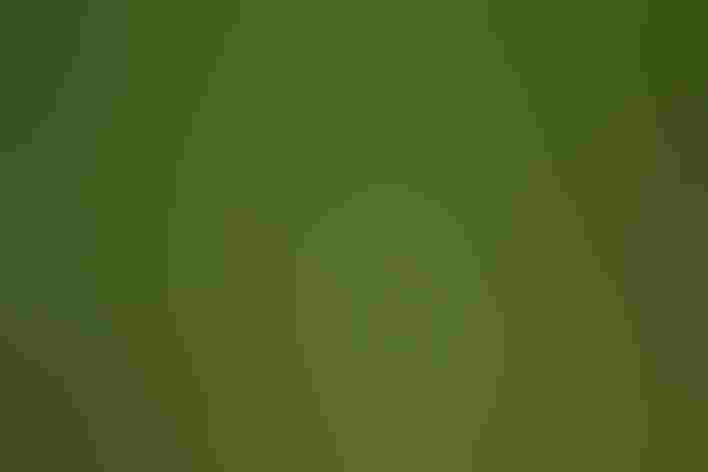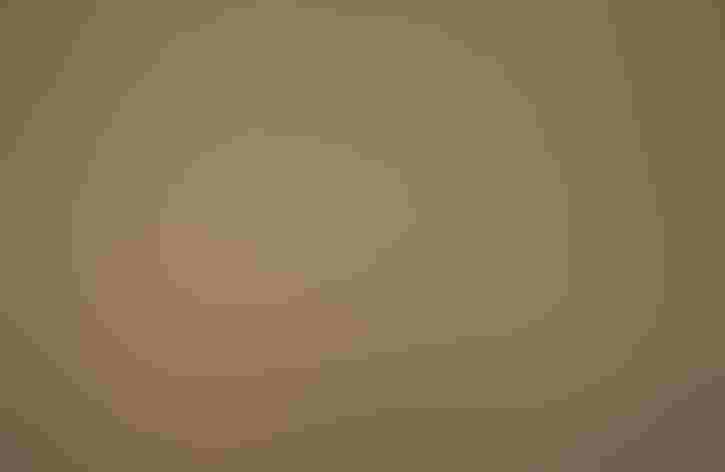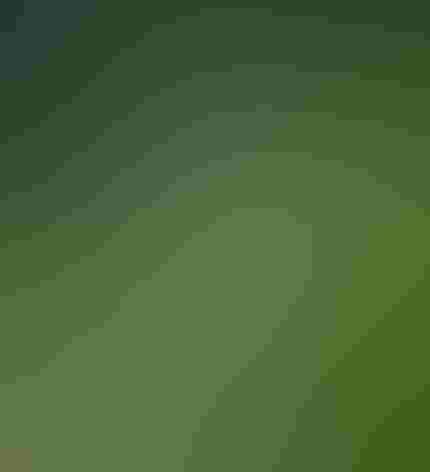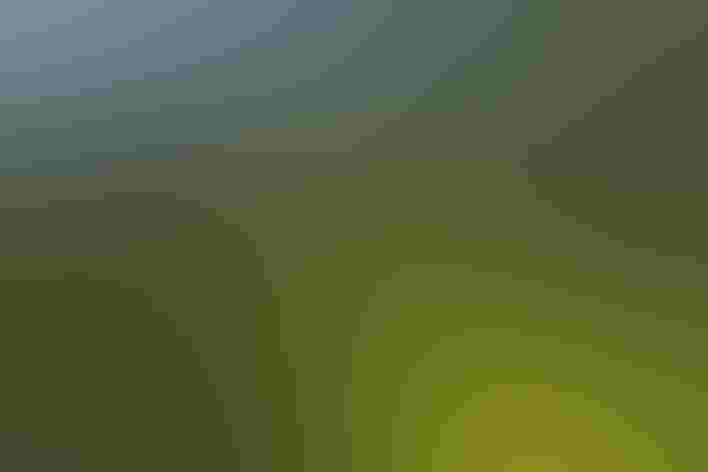Dickcissel
At a Glance
In the Midwest in summer, male Dickcissels sometimes seem to sing their name from every wire, fencepost, or weed stalk in prairie or farming country. Very erratic in summer occurrence, they may nest in large numbers in an area one year and be totally absent there the next, presumably as a response to rainfall and its effect on habitat. Away from their mid-continent stronghold, migrant Dickcissels are often detected by their electric-buzzer callnote as they fly overhead. Most winter in the tropics, but a few spend the winter at bird feeders in the Northeast, where they usually flock with House Sparrows.
All bird guide text and rangemaps adapted from by Kenn Kaufman© 1996, used by permission of Houghton Mifflin Harcourt Publishing Company. All rights reserved.
Category
Cardinals, Perching Birds
IUCN Status
Least Concern
Habitat
Desert and Arid Habitats, Fields, Meadows, and Grasslands, Shrublands, Savannas, and Thickets
Region
California, Eastern Canada, Florida, Great Lakes, Mid Atlantic, New England, Plains, Rocky Mountains, Southeast, Southwest, Texas, Western Canada
Behavior
Direct Flight, Formation, Rapid Wingbeats
Population
28.000.000
Range & Identification
Migration & Range Maps
Migrates in flocks, sometimes in flocks of many hundreds. Strays reach both coasts in autumn. Rarely found in our area in winter except in Northeast, where a few may spend the season at bird feeders.
Description
6" (15 cm). Male has black bib on yellow chest, rusty shoulder. Female like House Sparrow but with hint of yellow on chest, reddish on shoulder.
Size
About the size of a Robin, About the size of a Sparrow
Color
Black, Brown, Red, White, Yellow
Wing Shape
Pointed
Tail Shape
Notched, Rounded, Square-tipped
Songs and Calls
Song sounds like dick-dick-cissel, the first two notes being sharp sounds followed by a buzzy, almost hissed cissel; repeated over and over again from a conspicuous perch on a fence, bush, or weed. Call a distinctive buzzy note, often given in flight.
Call Pattern
Falling
Call Type
Chirp/Chip
Habitat
Alfalfa and other fields; meadows, prairies. Originally nested in native prairies and meadows. Today, many nest in fields of alfalfa, clover, timothy, or other crops. In migration, may be found in any kind of grassy or weedy fields.
Sign up for ÃÛèÖAPP's newsletter to learn more about birds like the Dickcissel
Behavior
Eggs
4, sometimes 3-5, rarely 2-6. Pale blue, unmarked. Incubation is by female only, about 12-13 days.
Young
Nestlings are fed by female only. Young leave the nest about 7-10 days after hatching, are unable to fly for several more days.
Feeding Behavior
Forages mostly on the ground and in low vegetation. Except when nesting, usually forages in flocks.
Diet
Mostly insects and seeds. Insects make up majority of diet in early summer; included are many grasshoppers, also crickets, caterpillars, beetles, and many others. At other seasons, may feed mainly on seeds, including those of weeds and grasses, also cultivated grain.
Nesting
In many areas, numbers of nesting Dickcissels are wildly variable from year to year. Males arrive on breeding grounds about a week before females, and sing to defend nesting territory. One male may have more than one mate. Nest site is usually on or near the ground, typically well concealed in dense growth of grass, weeds, alfalfa, clover, or other plants. Sometimes placed in shrub or low tree, up to 6' above ground, exceptionally higher. Nest (built by female) is a bulky open cup made of weeds, grass, leaves, lined with fine grass, rootlets, sometimes animal hair.
Conservation
Conservation Status
Formerly nested commonly along Atlantic seaboard, but disappeared during late 19th century; has reappeared as a breeding bird in the East since the 1920s, but only in small numbers. Overall populations recently have been declining again.
Climate Threats Facing the Dickcissel
Choose a temperature scenario below to see which threats will affect this species as warming increases. The same ÃÛèÖAPP change-driven threats that put birds at risk will affect other wildlife and people, too.







